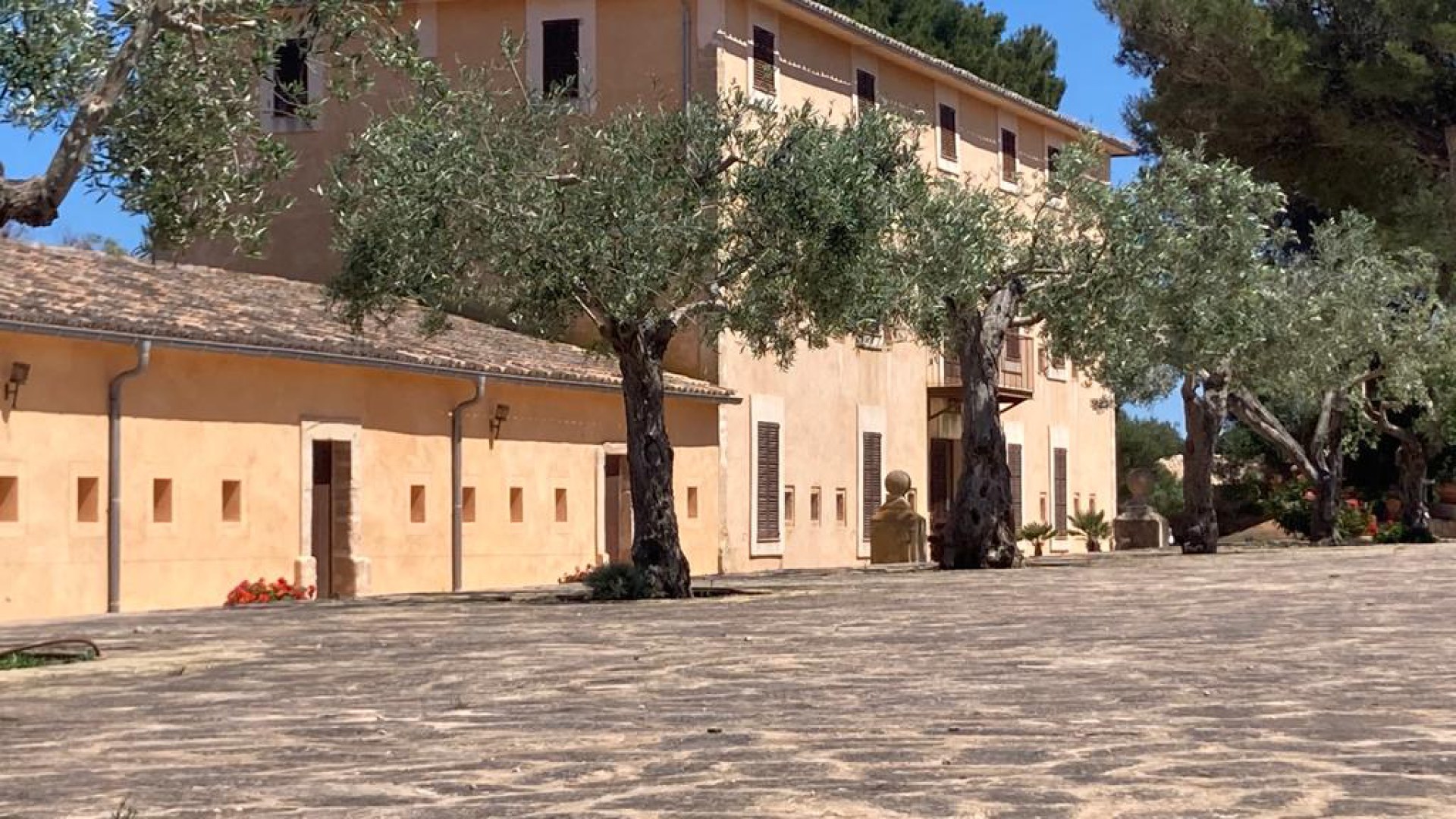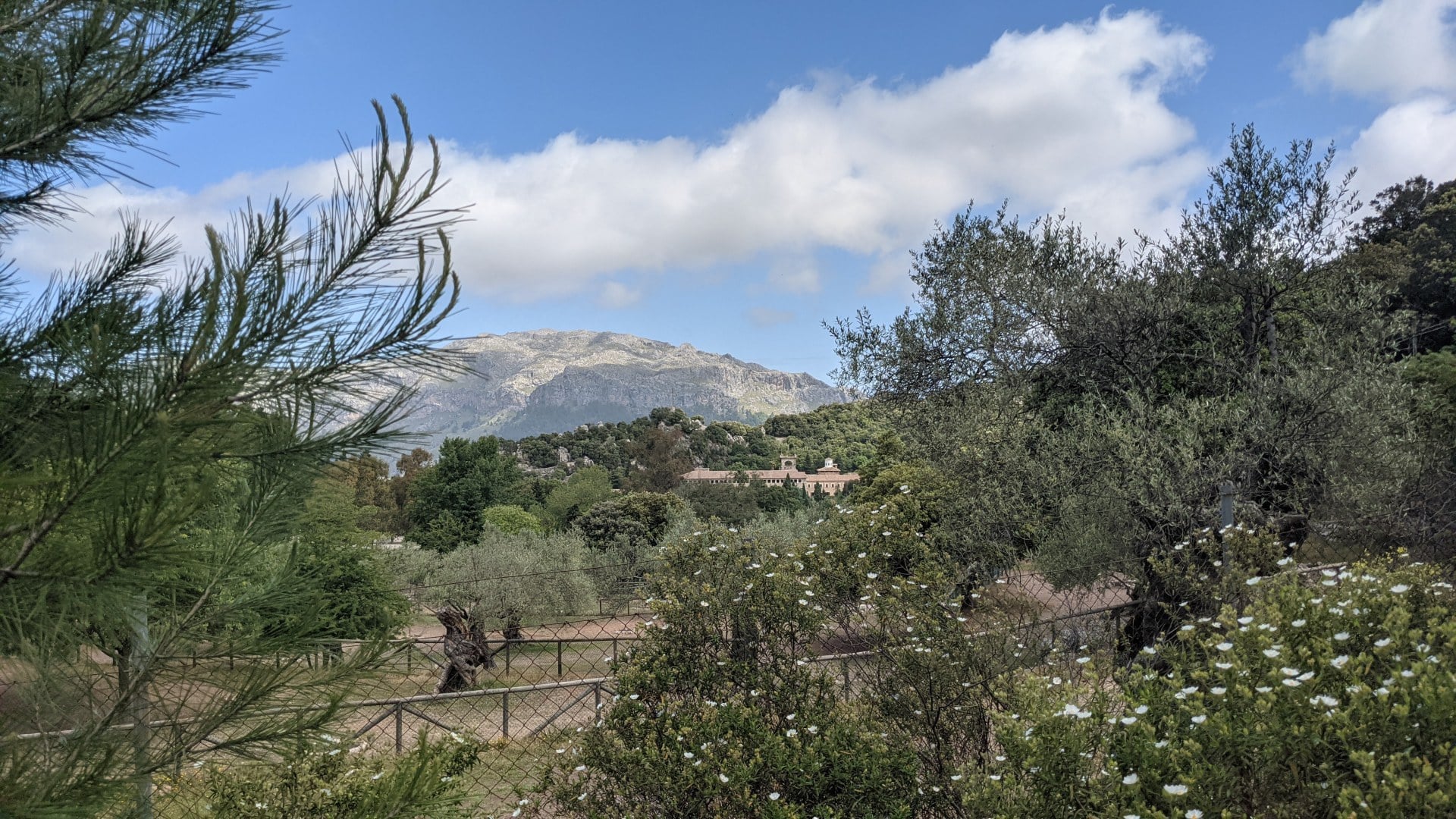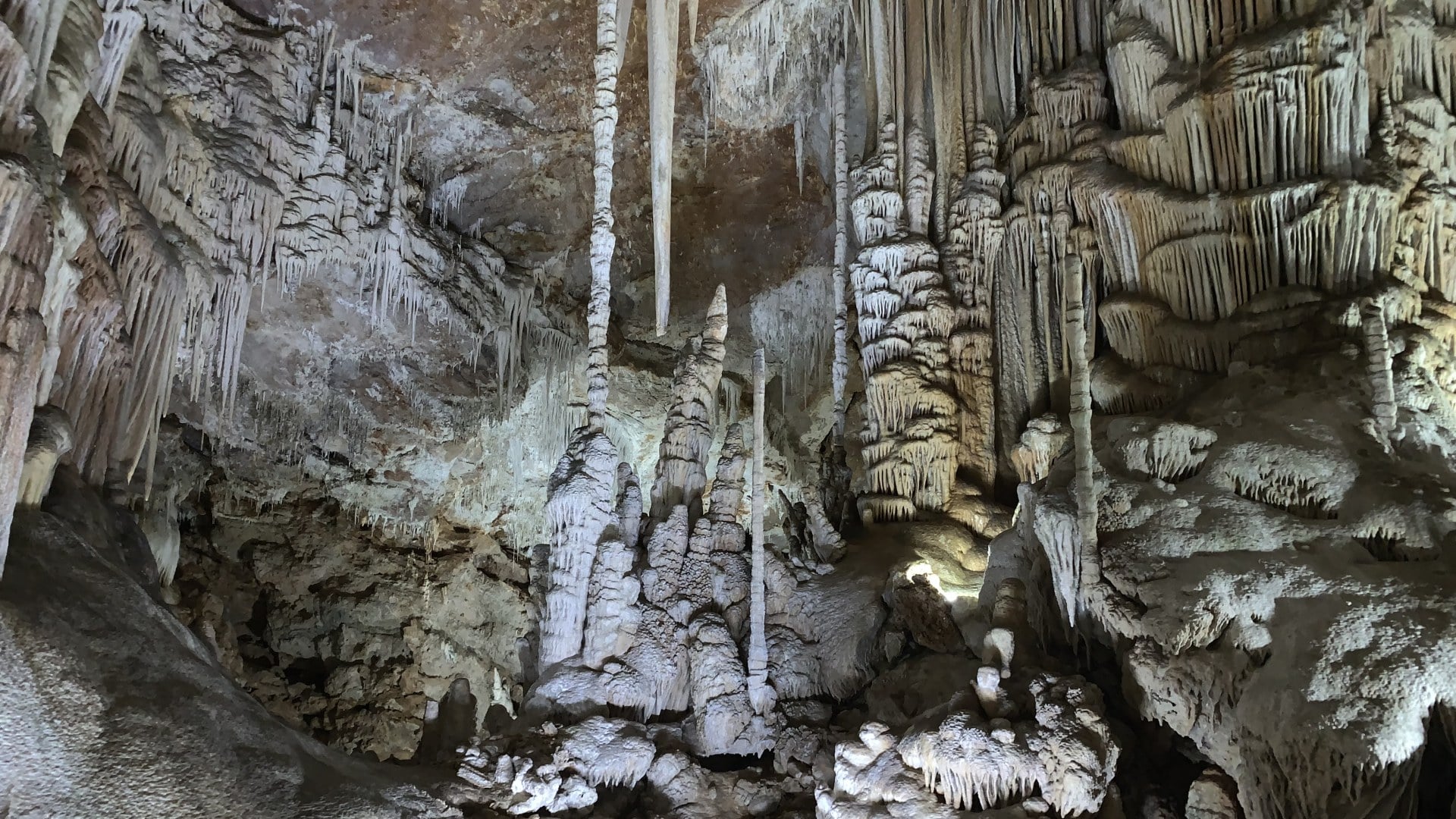Pollensa - Environment
Impressions of the Northeast
Excursion destinations in the area
Necrópolis de Son Real (20km)

The prehistoric Necropolis de Son Real can be described as a real insider tip. Located near Can Picafort on the small headland of Punta des Fenicis (“Tip of the Phoenicians”) in the middle of the coastal arc of the Bay of Alcudia, the Son Real burial ground dating from the 4th to 7th centuries BC is the largest “necropolis” in Mallorca. 109 tombs have been preserved and 300 skeletons were discovered during excavations in the 1950s. They were accompanied by jewellery and weapons as grave goods. The necropolis can be visited at any time of year. If you don’t want to cycle the twenty kilometres from Puerto Pollença, you can combine a visit to the archaeological site with a nice walk on the beach between the dunes – and park your car at the Torrent de Son Baulo. The small stream separates Can Picafort from the Finca Son Real, which is open to visitors and on whose 395-hectare site the archaeological burial ground is located.
Finca son Real near Can Picafort (20km)

Situated between Can Picafort and Son Serra de Marina, the finca is a proud country estate from the days when Mallorca still lived from farming and cattle breeding. It is a wonderful destination for families with children, as there are enclosures with peacocks, donkeys, pigs, geese and sheep to discover. From the finca, hiking trails shaded by pine trees lead to the sea. And there you will find a rare sight for Mallorca: a beach that is almost deserted even in summer.
Cap Formentor (18km)

Between June and September, Cap Formentor is closed to car traffic. If you want to enjoy the view from the famous lighthouse in the summer months, you have the following options: take bus line 334, which shuttles twenty times a day between Puerto Pollença and the lighthouse and also stops at the beach at Cala Figuera. It would be possible to get there by private car even in summer, but only until the car park reaches the permitted number of 300 vehicles. You have to get up very early to get one of the coveted parking spaces. A less stressful option is to take the ferry, which departs daily from Puerto Pollença to the crystal-clear beach of Formentor. From here it is a leisurely twenty-minute walk to the lighthouse. However, if you don’t want to depend on ferry and bus times, you can rent an e-bike at one of the bike rental stations in Puerto Pollença. This way, you can cycle to the northernmost and most spectacular point of Mallorca without too much sweaty exertion, even in the hot summer months, on the serpentine road that is free of car traffic.
Monastery of Santuari de la Mare de Déu del Puig (1km)

325 m above sea level lies the monastery Santuari de la Mare de Deu del Puig, dedicated to the Virgin Mary, who also gave her name to Pollenca’s local mountain Puig de Maria. Up here you have a magnificent view of the bay of Pollença, Cap Formentor and the historic town of Pollença nestled in the landscape. Pollença’s flight of steps is clearly visible, leading up 365 steps to Calvary, crowned by a small baroque chapel. The 365 steps symbolise the year, which you can review step by step as you climb. The Santuari de la Mare de Deu monastery was built in the 14th century to protect against the rampant plague. Today, the monastery houses a simple hostel and a small restaurant. Those who climb the 300 metres to the top should, however, carry drinking water and wear shoes with non-slip soles, as the stones on the last third of the path are very slippery.
Monastery of Santuari de Lluc (5km)

The monastery of Lluc in the Serra de Tramuntana owes its origin to an apparition of the Virgin Mary, and since the 13th century it has developed into a pilgrimage centre. In the church, which was completed in 1691, the Cant de la Sibilla is still recited at Christmas Eve mass. A trip to Lluc is also worthwhile in summer. The monastery has the most beautiful public swimming pool on the island, which is picturesquely embedded in the landscape of the Tramuntana Mountains, a UNESCO World Heritage Site.
La Albufera Nature Reserve (12km)

The Albufera wetland, declared a nature reserve in 1988, lies between Port Alcudia and Can Picafort. It extends inland to the municipality of Sa Pobla; at the mouth of the Gran Canal de s’Albufera, it reaches the sea. Here, a path leads from the MA-12 coastal road over the Pont dels Anglesos into the nature park, which is open all year round. Only a few metres from the tourist centres in Puerto Alcudia and Can Picafort, a world of tranquillity of reeds and marshes begins here, where fresh and salt water, flora and fauna play the main role. S’Albufera is a bird paradise. 303 bird species have been observed so far. More than ten thousand birds spend the winter in the nature reserve. S’Albufera is a stopover for migratory birds. There are numerous observation posts. Don’t forget your binoculars!
Historic old town of Alcúdia (10km)

Alcudia has a charming historic old town and a completely preserved city wall. It is one of the rare places where holiday flair meets history and culture in a unique way. The oldest stone ruins are about 3000 years old. They are located in Pollentia, the archaeological site in the southern part of Alcudia. Pollentia was the capital of the Roman province of Balearica, founded by Roman troops in 123 BC. The settlement of Pollentia no longer existed when the Moors ruled Mallorca between 902 and 1229. Former inhabitants of Pollentia had founded today’s Pollença further north instead. Today’s Alcudia, whose name is of Arabic origin and translates as “the hill”, dates back to Muslim rule. The Roman gate leads to the centre of the town, which has become a magnet for visitors since the renovation of the old town, thanks to pretty restaurants, bars and small, tasteful shops.
The Caves of Campanet (10km)

The caves located in Puig San Miquels are advertised as “paradise in the heart of the Serra de Tramuntana”. No exaggeration! The entrance to the Coves of Campanet is in a beautiful country house on the southern slope of Mount San Miquel, amidst ancient holm oaks, cypresses and almond trees, among bougainvilleas, rosemary bushes, blue-flowering plumbago and magnificent candles laid out as potted plants. Climbing trumpets entwine around pergolas. In their shade, the tables of the café-restaurant in the entrance area invite you to linger. If you need to cool down, you can do so in the stalactite galleries 50 metres below ground, which resemble fantastic cathedrals and are reminiscent of the sets of Czech fairytale films. The subterranean halls manage without light and musical effects, the lighting is discreet, yet the effect is strong enough to recognise animated creatures in the standing stalagmites and hanging stalactites.
Bodega Axartell (5km)

The most beautiful way to reach the Campanet stalactite caves is to take the old road to Campanet from Puerto Pollença through a lovely valley. Vines, ancient olive trees, forests, mountains, streams and sheep grazing under carob trees characterise the mild Mediterranean landscape. Be sure to include a visit to the Bodega Axartell at the foot of the mountain of the same name and try a glass of the light, wholesome, summer rosé wine produced here. In the experimental vineyard of Can Axartell, old Mallorcan grape varieties such as Premsal, Giró Ros, Giró Negre or Gorgolassa are tested and given a new lease of life in collaboration with the University of the Balearic Islands.
